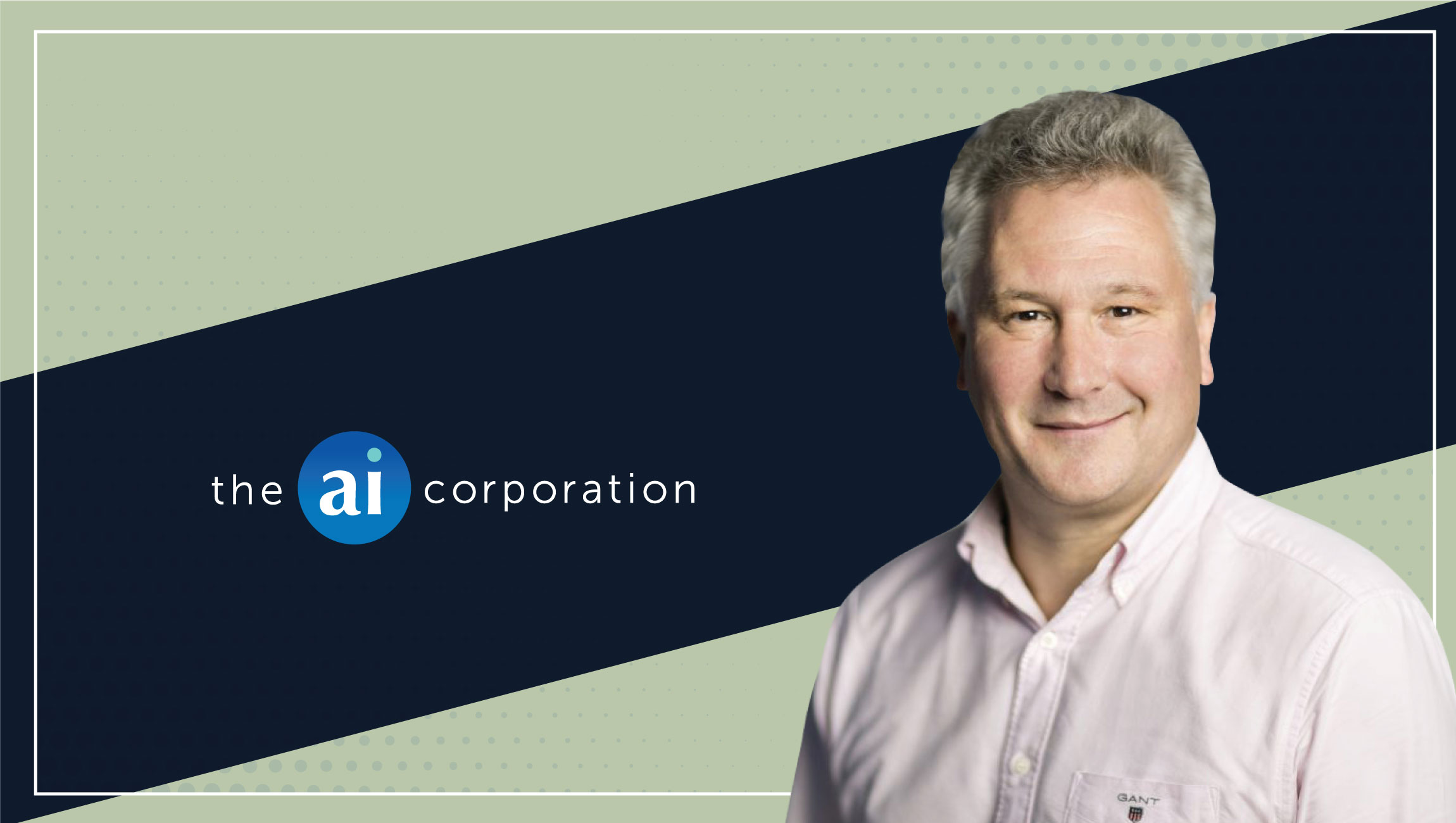Could you tell us about your interaction with the new-age technologies like AI, Machine Learning and Robotics?
It is well documented how AI/Machine Learning has been used over the past 30 years to help financial institutions prevent fraud on consumer credit cards. The reason why this was a particularly good use case for the first advances of this technology, was the ever-growing amount of data. As we know Neural/Machine Learning technology learns and performs better when there is more data. As the commercial landscape has changed with more e/m-commerce, Machine Learning technology has had to evolve. The reason AI is such an important part of the fraud prevention suite of tools is that traditional rules engines have limits, and the modern fraudster spends a lot of time mimicking good customers – i.e. hiding in the data.
Today’s fraudsters are very good at detecting vulnerabilities in operational and application management processes by targeting the weak links. By using state of the art Machine Learning technology coupled with best of breed automated fraud prevention management tools, organisations can significantly reduce the amount of time it takes to analyze data and increase accuracy in fraud detection. In summary, a reduction in false positive rates, means less declines, more transactions and increased operational savings.
It is important to understand, that there is no point of just utilizing Machine Learning for detecting and preventing fraud. It is critical to ensure that the technology aids the entire end to end fraud management process. Essentially using Machine Learning as the autopilot. As with the analogy of flying a plane, sometimes manual intervention needs to be implemented. Introducing autopilot ML to replace just one of the manual processes, involved in fraud prevention, can drastically reduce the amount of repetitive, expensive work a fraud analyst must do. Allowing them to focus on more valuable activities.
How did you start in this space? What galvanized you to start at The ai Corp.?
Having spent over 12 years in the Oil sector, I moved into payments in 2000. Petrol to payments was not as big a leap as one might think. I believe that oil companies, really changed the face of the credit card industry, as they took cards many years before the high street retailers. As well, as the strong business training I received in my early career in the oil industry, my back ground as a scientist fuelled my passion to pursue innovative solutions. However, the new innovations that have interested me the most have always been practical and provided immediate returns in the pursuit of operational excellence. In a nutshell, I am passionate about streamlining processes in a way to drive greater efficiency.
Despite this linkage, moving into the payment sector has been very exciting. I spent 5 years at Retail Decisions as Managing Director and then as Vice President for CGI Inc, working on some very large payment outsourcing opportunities – including winning and managing large payment contracts worth over $500m.
In 2013, I was lucky enough to start working with Ashley Head (who is highly recognised as a payment entrepreneur) on rejuvenating ai. I am fortunate to work with a highly performing and ambitious team, who are driven to re-engineer the current fraud and payment processes using machine learning technologies.
How is AI disrupting the Payments and Fraud ecosystem?
Modern-day fraudsters operate inside very sophisticated businesses and spend more and more time targeting merchants, not individual consumers. Why target individuals for comparatively smaller gains, when you could target businesses? Whether that is stealing large amounts of data (data breaches) or trying to defraud an acquiring bank, fraudsters are continuing to innovate and expand their operations.
Today’s fraudsters have the technical capability to manage Big Data and to use the dark web to locate vulnerabilities and devise multidimensional tactics that inflict damage, by sequentially compromising more than one point of vulnerability. Organisations that want to defend themselves against these risks and thwart modern fraud attacks must be able to react quickly and in real time. To do this, they need powerful solutions that are responsive and dynamic, and yet still easy to use and integrate into their existing systems.
Which markets and industries are you currently selling your product and services to?
We sell our products both to large financial institutions and large multinational merchants.
What kind of risks are we talking about in the payments data industry?
I have a good relationship with Tony Sales, who was one of the country’s most wanted men, as he ripped off stores and websites after buying shoppers’ personal data from hackers. He committed his first credit card scam aged just 13 and spent time behind bars, before he turned his life around to put his criminal know-how to positive use as a fraud prevention expert – see https://wefightfraud.org/home. We Fight Fraud’s slogan is “computers don’t steal data, people do”. This to me is the biggest risk.
Tell us more about your vision into growing revenue opportunities within Big Data, Predictive Intelligence and Fraud Analytics in the Payments data industry.
Our technology is sophisticated enough to find fraud in billions and billions of records. Therefore finding good customers is much easier. Our vision is simple, providing a real time 360o of the customer, at all times, utilizing the all the same technology – a re-usable technology asset. For example a key question is how to tell when your customers are thinking of leaving? While this question can be applied across a range of industry verticals, where a customer may hold multiple cards from different providers. Ensuring a card is consistently used by remaining ‘front of wallet’ is a key priority.
Machine Learning (ML) models are consequently a more convenient and efficient way of trying to predict ‘customer churn’. As well as offering faster processing times, these algorithms can also pick up underlying behavioral patterns that are not visible to the human eye. Using the latest ML technology, it is now possible to create customer churn algorithms based on historical data; which, when applied to real-time data, can help predict which customers pose a churn risk.
How do you see latest technologies such as ML, Neural Deep Learning, and Blockchain coming together within FinTech and Cybersecurity?
To the point made above, computers don’t steal data. I think manual intervention will decrease and technology will play a greater role in the end to end process. Process automation is continuing to innovate and provide increased efficiency and profit gains in the places it’s implemented. The automation revolution isn’t coming, it’s here. So, prepare your business for streamlining, more effective, engaged staff and increased profit.
Can you outline your views on Autopilot ML?
Fraud and payment risk management is incredibly complicated. It’s made up of a set of processes often requiring large teams to remain effective. Indeed, implementing a set of rules and Machine Learning models is a good start, but the work really begins after this stage, as those rules and models require constant monitoring to ensure they continue to perform as required.
Fraud trends change often; this is a bigger task than most anticipate when starting their journey into risk management. The main reason this is such a large undertaking is the enormous amount of data involved – it is simply impractical in most cases for even the largest teams to inspect it all. This is mainly manually undertaken by fraud specialists and only a small fraction of the data can be investigated, meaning some fraud will go by undetected, until the customer notices and requests a charge back.
Another problem with payments ‘Big Data’ is with building effective fraud risk models. Fraud only constitutes a tiny fraction of the overall number of payments, which makes it extremely difficult to detect effectively, even with the use of Machine Learning. Modelling software has come a long way and today can produce some truly outstanding results – provided the data is good and the problem is well posed. The process of determining the best data on which to train a model is largely manual, and again, requires a lot of effort to produce top results.
These processes need to be performed for each separate customer that a fraud risk company has, and quickly becomes a problem as the customer base grows and the data outgrows what the current team can manage. The classic approach to this problem is to hire more staff to cope with the increased workload, and with team sizes exceeding 50 people in many cases – providing initial short-term growth, it is unsustainable, as eventually staffing costs will consume all profit.
Autopilot ML offers process automation powered by machine learning. The machine powered components fall into two parts: the pure ML element for building fraud detection models and the automated process management component.
ML fraud modelling technology will continue to advance by incorporating more advanced techniques and additional data not yet collected, as of today. The auto-pilot end-to-end process will become more and more sophisticated by removing the manual effort of the following processes:
- Ensuring the best performance is constantly achieved, as models tend to degrade in performance over time due to shifting fraud patterns. This process involves continual monitoring of the implemented fraud strategy, comprised of manual rules and Machine Learning-based models, to ensure none of these algorithms are generating excessive numbers of fraud alerts. Bad performing models are evaluated against the latest data to discover the reason behind the decrease in performance such that a suitable replacement may be found.
- Curation – removing old rules and models that are no longer suitable. This can be difficult as older rules/models are often put in place to stop a very specific fraud pattern and there is a worry that removing it would open this up to fraudsters again.
- Fraud pattern discovery – A big part of a fraud analysts time is consumed with finding ‘the needle in the haystack’; identifying where new frauds are happening and the detail of how they are performed.
- Model/rule creation. Once a fraud pattern is defined, a model or set of rules needs to be created such that the fraud pattern can be defended against. Traditionally this was performed by fraud analysts, however this is today being offloaded to data scientists to create models – itself another process increasingly tackled by machine.
- Implementation of newly developed models/rules. Once the fraud pattern defence has been developed it is important to understand how it will effect the strategy as a whole. There is no use implementing a model which will flood the fraud analysts with alerts. By using a machine to automate the process of creating and testing a new set of candidate models or manual rules against a particular (machine discovered) fraud problem, the human component need only set the experiment up, receive results and make suggestions to the fraud manager for which to implement.
It is not too much of a stretch to image the majority of the entire fraud risk strategy process becoming automated. Instead of the expanding teams of today performing the same manual task continually, those same staff members could be used to spot enhancements in customer insight. This would enable analysts to thoroughly investigate complex fraud patterns the machine has not picked up on, or to assist in other tasks outside of risk management which provide added business value.
Where do you see AI, ML and other smart technologies heading beyond 2020?
As suggested above autopilot ML will start to have more and more impact, essentially optimising processes and decisions – self learning systems.
What is your opinion on “Weaponization of AI and Machine Learning”? How do you promote your ideas?
With any technology there are always 2 sides – good and bad. I want to spend all my time working on the good side, as I am passionate about making life easier.
What is the biggest challenge to Digital Transformation in the market you cater to? How does The ai Corporation contribute to a successful Digital Transformation?
Optimizing the front office and back office. New digital front office platforms have a more
What start-ups and labs are you keenly following?
Voice payment solutions.
What technologies within your industry are you interested in?
Biometrics will play a greater and greater role.
As a tech leader, what industries you think would be fastest to adopting AI with smooth efficiency? What are the new emerging markets for these technology markets?
I can’t think of any industries that won’t use AI in the future. I think there will be a big impact on call centres and how problems are solved in logistics/mobility.
What’s your smartest work related shortcut or productivity hack?
Learning from other industry sectors. For example we did a recent mini job swap with GSK. This really helped a lot of our teams create new best practices.
Tag the one person in the industry whose answers to these questions you would love to read:
Richard Branson.
Thank you, Mark! That was fun and hope to see you back on MarTech Series soon.
After graduating from London University with a PhD In Chemistry, Mark started worked for a multinational oil company Texaco for 12 years mainly involved in forecourt retailing.
In 2000 Mark moved to an Internet Billing company and in 2005 became Managing Director for Retail Decision’s Global Payments and Fraud Division. In 2010, he moved to Logica (bought by CGI Inc. 2012) and was Vice President responsible for managing Shell’s outsourced payment contracts worth over $0.5bn. He joined ai in 2013 to work with Ashley Head on developing and expanding a whole series of inter-related payment businesses globally.
AI is trusted around the world for developing innovative technology that allows our customers to take control and grow profitably. Founded in 1998, we have a long track record of providing solutions to some of the world’s largest financial/payment institutions and international merchants. Our long-standing business partnerships are based on making things simple and providing self-service tools that allow our customers to take control. Through our relentless focus on these tools, we constantly strive to help our customers create highly profitable returns.
Take Control: Simply Stop Fraud.
The MTS Martech Interview Series is a fun Q&A style chat which we really enjoy doing with martech leaders. With inspiration from Lifehacker’s How I work interviews, the MarTech Series Interviews follows a two part format On Marketing Technology, and This Is How I Work. The format was chosen because when we decided to start an interview series with the biggest and brightest minds in martech – we wanted to get insight into two areas … one – their ideas on marketing tech and two – insights into the philosophy and methods that make these leaders tick.



.png)

